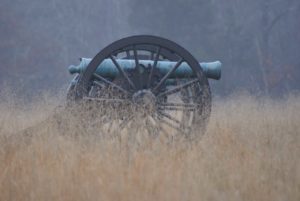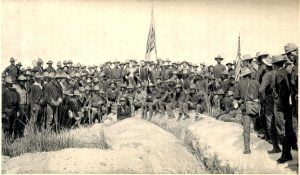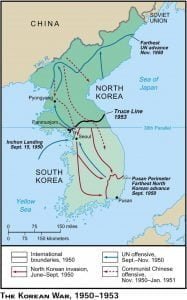World War 1 Draft Registration Records
In general, the registration cards included the following information: Full name, Home address, Date and place of birth, Age, race, and country of citizenship, Occupation and employer, Physical description (hair and eye color, height, disabilities), Additional information such as address of nearest relative, dependent relatives, marital status, father’s birthplace, or previous exemption from service, Signature.







